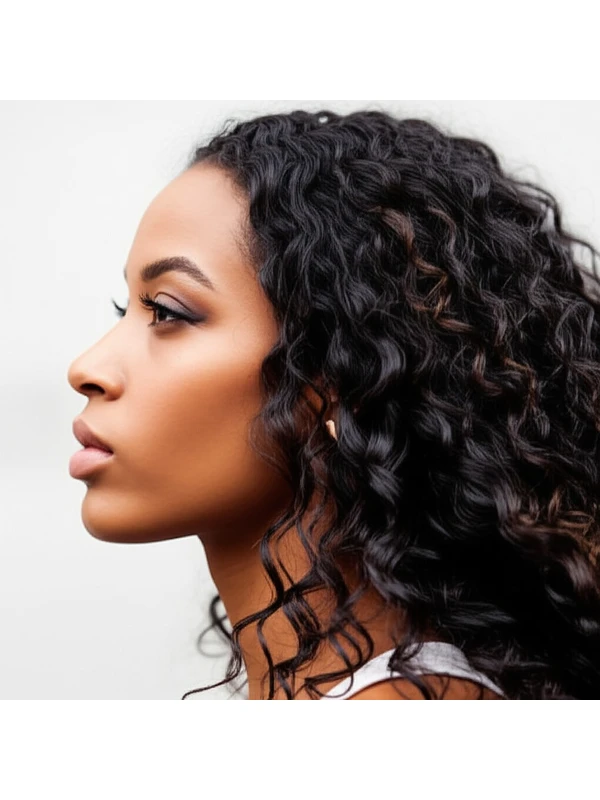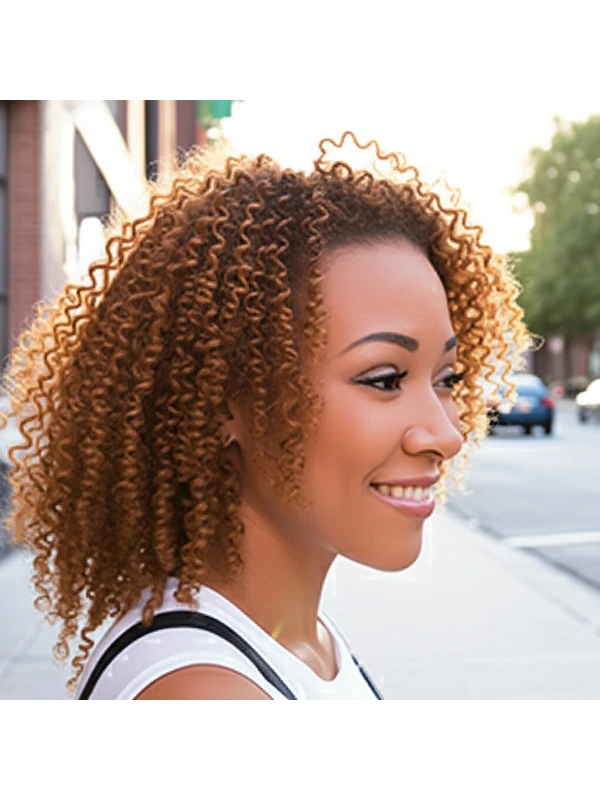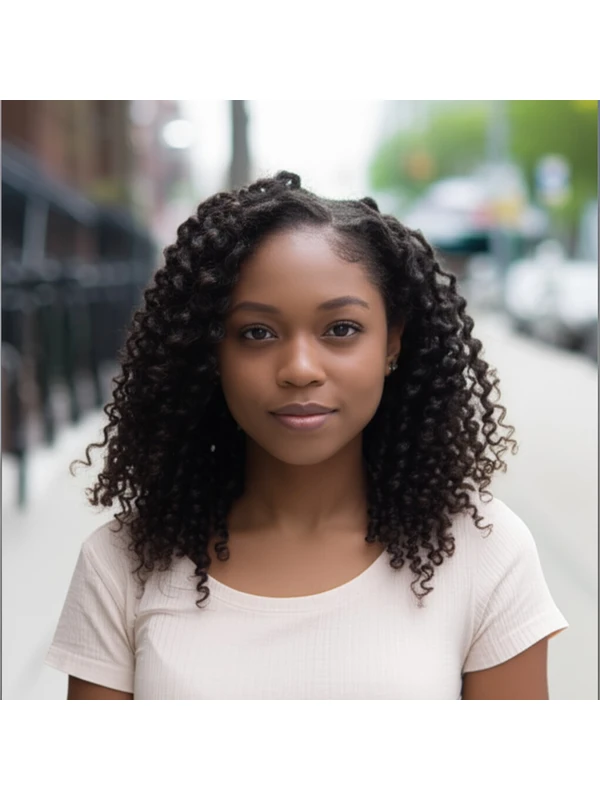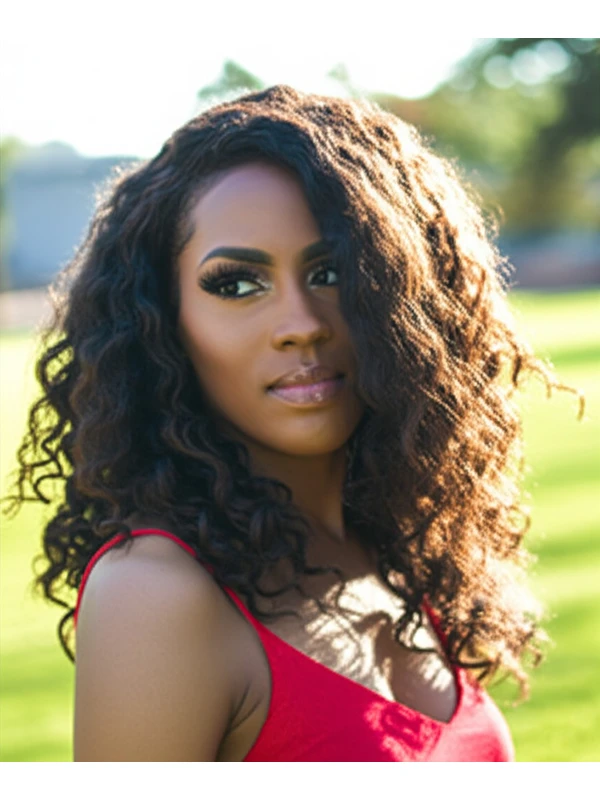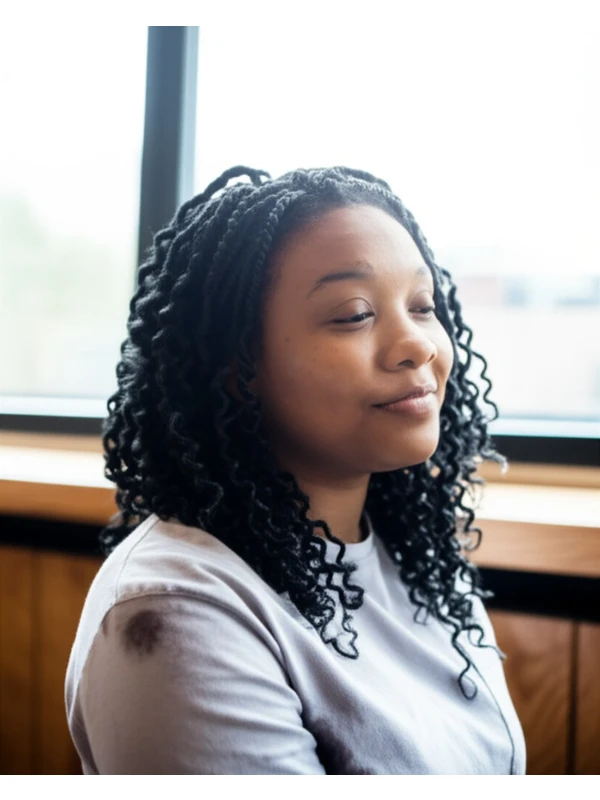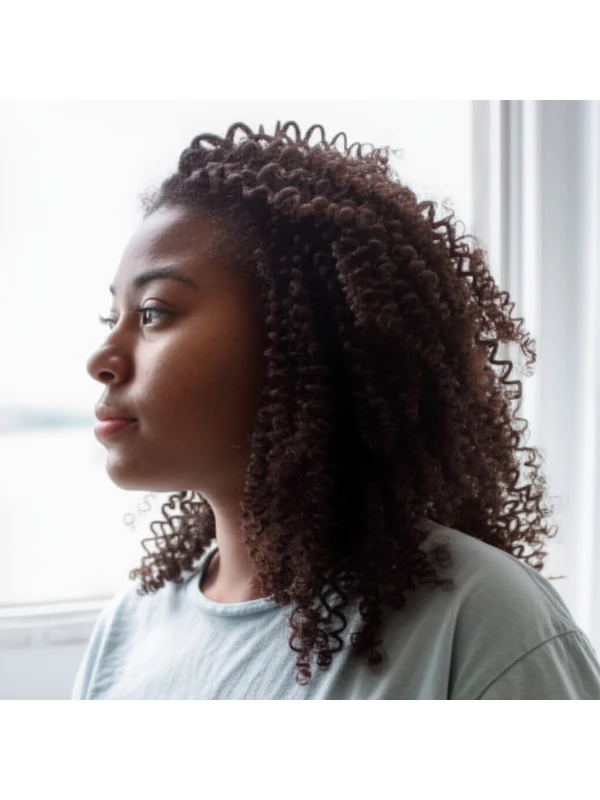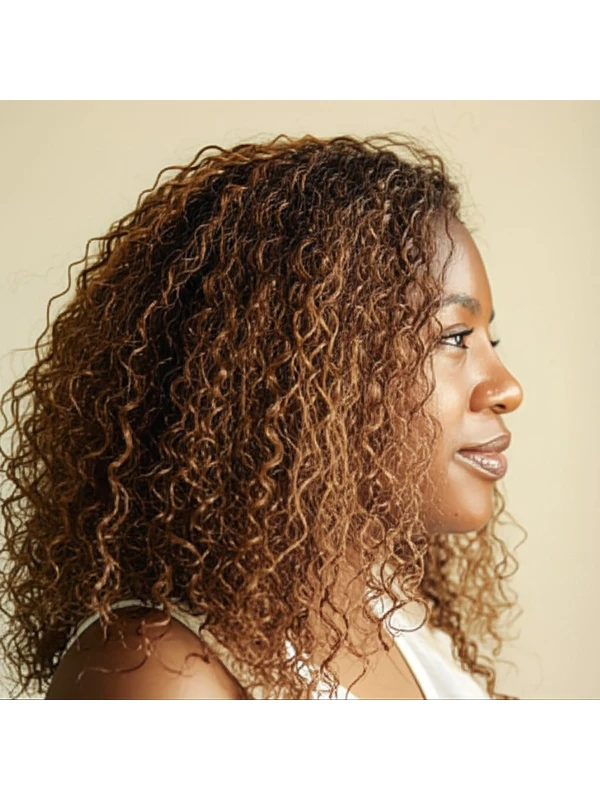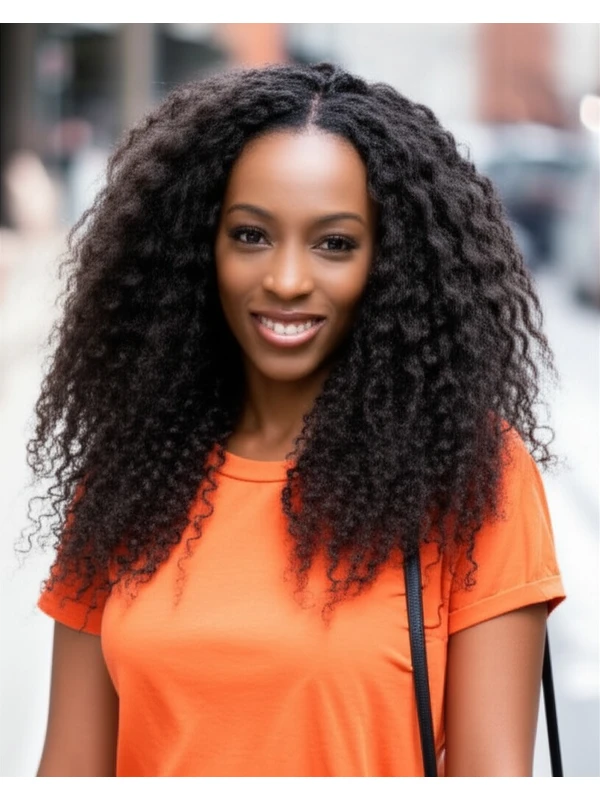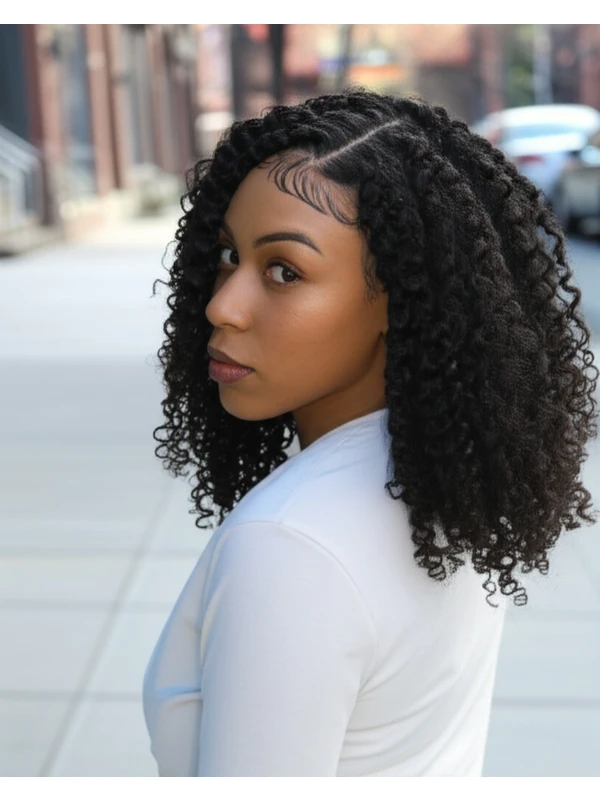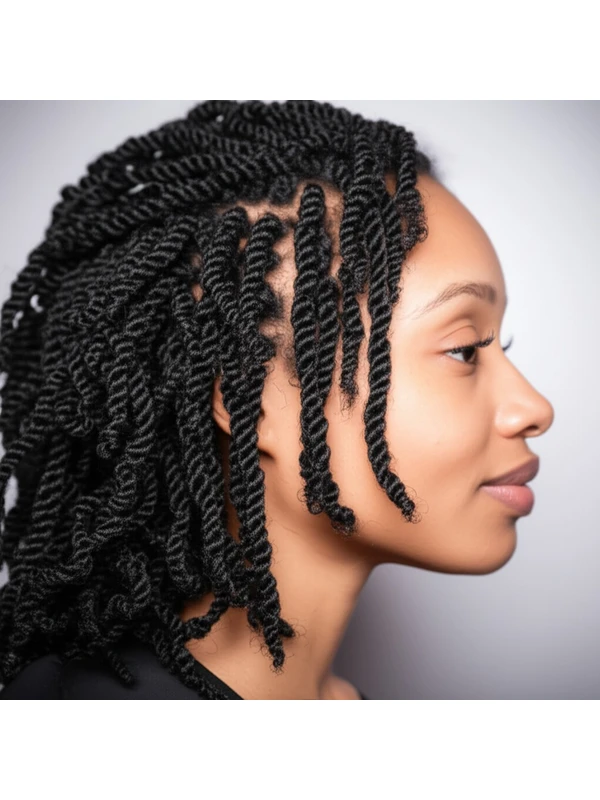#The Braid Out: A Guide to Effortless Texture & Volume
The braid out is a hairstyle that’s exploded in popularity for its relaxed texture and versatility. It's more than just a style; it's a process, resulting in gorgeous waves or curls depending on your hair type. This guide will break down everything you need to know about achieving the perfect braid out – from suitability to maintenance.
#1) Background & Definition: What is a Braid Out?
A braid out isn’t a haircut itself; it's a styling technique applied to an existing cut, usually with medium to long lengths. The core of the process involves braiding your hair while wet (or damp), allowing it to dry completely in those braids. Once dry, you unravel the braids, revealing waves or curls – the pattern depends heavily on braid size and hair texture.
Key Features:
- Textural Transformation: Turns straight or slightly wavy hair into textured waves or defined curls.
- Volume & Body: Adds noticeable volume and body to otherwise flat hair.
- Low-Heat Styling (Usually): Can be achieved without direct heat, minimizing damage (though some may use a diffuser).
Typical Length Ranges: Ideally suited for lengths from shoulder-length down. Shorter lengths can work but might result in tighter crimps rather than flowing waves/curls.
Alternative Names: Sometimes called "braided waves," "rope braid out" (when using rope braids), or simply “textured braiding.”
#2) Face Shape Fit: Finding Your Braid Out Harmony
The beauty of the braid out is its adaptability, but understanding how it interacts with your face shape can maximize its impact.
- Oval: Lucky you! The braid out generally looks fantastic on oval faces as it adds width and softness without disrupting natural symmetry. A side part enhances balance.
- Fringe Options: Wispy bangs or curtain bangs soften the look further.
- Round: Braid outs can help elongate a round face by adding vertical lines of texture. Avoid too much volume at the sides, which can widen the face. A deep side part is key.
- Fringe Options: Long, angled fringe that slims down the cheeks.
- Square: The softness of the braid out softens a square jawline. Volume around the crown adds height and balance.
- Fringe Options: A soft, face-framing fringe or side-swept bangs can soften angles.
- Heart: The braid out balances a wider forehead and narrower chin by adding volume to the lower portion of the face.
- Fringe Options: Side-swept bangs are generally flattering; avoid blunt, heavy fringes.
- Diamond: Similar to heart shapes, braid outs soften angular features. Focus on creating width at the cheekbones and jawline.
- Fringe Options: A long, sweeping fringe that blends into the waves works well.
- Oblong (Long): Braid out volume across the mid-lengths helps to visually shorten a longer face shape. Avoid styles with too much height at the crown.
- Fringe Options: A full or layered fringe can help break up length and add width.
#3) Body Proportions & Height Guidance
Beyond your face shape, consider how the braid out will interact with your overall body proportions:
- Petite: Shorter lengths (shoulder to collarbone) prevent overwhelming a smaller frame. Less volume at the crown is also preferable.
- Average Height: Most lengths work well; experiment with volume placement to suit personal preference.
- Tall: Longer lengths and more volume create balance for taller individuals.
- Narrow Shoulders: Adding volume around the shoulders (mid-lengths) visually widens them, creating a more balanced silhouette.
- Broad Shoulders: Avoid excessive volume at the shoulder line; focus on height through the crown to draw attention upwards.
- Short Neck: Medium lengths that don’t extend too far below the collarbone are generally most flattering. Volume at the sides can help elongate the neck visually.
- Long Neck: Longer lengths and more volume create a softer, fuller look.
#4) Works Best With Hair Types & Densities
The braid out is adaptable, but certain hair types and densities thrive with this technique:
- Straight (Type 1): Requires smaller braids for noticeable wave formation. Results are looser waves; expect more effort to achieve definition.
- Wavy (Type 2): Excellent results! The braid out enhances existing natural waves, creating a beachy texture. Medium-sized braids work well.
- Curly (Type 3): Produces beautifully defined curls with varying degrees of tightness depending on braid size and hair density. Smaller braids create tighter curls.
- Coily (Type 4): Offers definition and elongation to coils, creating a more uniform curl pattern. Larger braids are often preferred for less shrinkage and looser waves/curls.
Density: Medium to thick hair generally produces the best results as it has enough bulk to create texture. Fine hair can work but may require product layering for hold and volume.
Shrinkage (Curls & Coils): Remember that curly and coily hair experiences significant shrinkage when dry. Factor this in when determining braid length – what looks shoulder-length wet might appear much shorter once dried and styled.
#5) Styling Variations: From Sleek to Textured
The beauty of the braid out lies in its versatility:
- Sleek vs. Textured: A sleek look requires smoothing products and minimal fussing after unbraiding. A textured look embraces the natural waves/curls with a more "lived-in" feel.
- Middle vs. Side Part: A middle part creates symmetry, while a side part adds asymmetry and visual interest.
- Fringe Variations: Experiment with different fringe lengths and styles to complement your face shape (see section 2).
- Occasion Styling:
- Casual: Let the waves fall naturally.
- Office: Tame flyaways, add shine, and consider a half-up style for professionalism.
- Evening: Add hair accessories like clips or headbands; use a stronger hold product to maintain shape.
#6) Maintenance: Keeping Your Braid Out Fresh
- Trim Cadence: Every 8–12 weeks, depending on growth and damage.
- At-Home Routine: Wash & condition regularly (frequency depends on your hair type). Deep condition weekly for added moisture.
- Heat vs Air Dry: Air drying is preferred to minimize heat damage. If using a diffuser, use it on a low setting with cool air.
- Product Checklist:
- Shampoo & Conditioner: Moisturizing formulas are key.
- Leave-In Conditioner: Essential for hydration and detangling.
- Styling Cream/Mousse (Optional): For added definition, hold, or moisture.
- Finishing Oil/Serum: To tame frizz and add shine.
- Estimated Daily Styling Time: 30-60 minutes (drying time varies significantly).
#7) Grow-Out Roadmap: Evolving Your Style
- Months 1–3: The initial braid out will have a distinct wave/curl pattern. Regular braiding maintains the texture.
- Months 3–6: The waves/curls may loosen as hair grows longer and becomes heavier. Adjust braid size to maintain desired definition. Consider layering for shape.
#8) Color Pairings: Enhancing Your Braid Out
- Cool Undertones (Ash Blonde, Silver): Enhance the cool tones of the waves/curls.
- Warm Undertones (Caramel, Honey): Add warmth and dimension to the textured style.
- Low-Commitment Options: Balayage or highlights add depth without a drastic change.
#9) Season & Occasion Guide
- Spring/Summer: Lighter products for moisture and hold; embrace a beachy, effortless look.
- Fall/Winter: Richer, more moisturizing products to combat dryness; consider adding shine serum.
- Work: Sleek braid out with minimal frizz.
- Weddings/Parties: Voluminous style with hair accessories for an elegant touch.
#10) Cost & Time
- Salon Time: Typically 2-4 hours, depending on hair length and density.
- Estimated Price Range: Slightly higher than a standard wash and blow dry; expect to pay more as the stylist’s skill level increases.
#11) Pros & Cons
Pros: Versatile style, adds volume, can be done with low heat (minimizing damage), relatively easy to achieve at home once you master the technique. Cons: Time-consuming styling process, results vary depending on hair type and braiding skill, potential for uneven texture if braids aren't consistent.
#12) Salon Consultation Script Prompts
- "I’m interested in a braid out – can you assess my hair type and density to determine suitability?"
- “What size braids would you recommend based on the level of curl/wave I want?”
- "How will this style affect the overall shape and volume around my face?"
- "Can we discuss how to maintain the braid out between salon visits?"
#FAQs
- Can I do a braid out on short hair? It's possible, but results are typically crimped waves rather than flowing curls/waves.
- How many braids should I use? This depends on your hair length and desired texture – more braids create tighter waves/curls. 10-20 is a common range for medium lengths.
- Can I sleep in my braids? It’s not recommended, as it can disrupt the pattern and cause frizz.
- What if my braid out looks frizzy? Use a smoothing serum or oil to tame flyaways after unbraiding.
- How long do I need to leave my hair braided? Until completely dry – this usually takes 6-8 hours, but can vary based on hair thickness and humidity.
- Can I use heat with a braid out? While not necessary, a diffuser can speed up the drying process; always use low heat settings.
